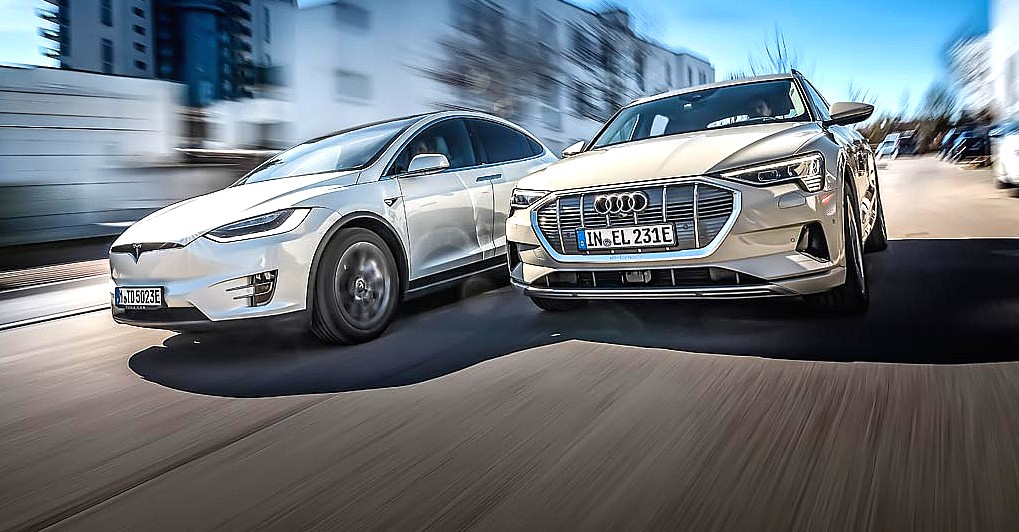
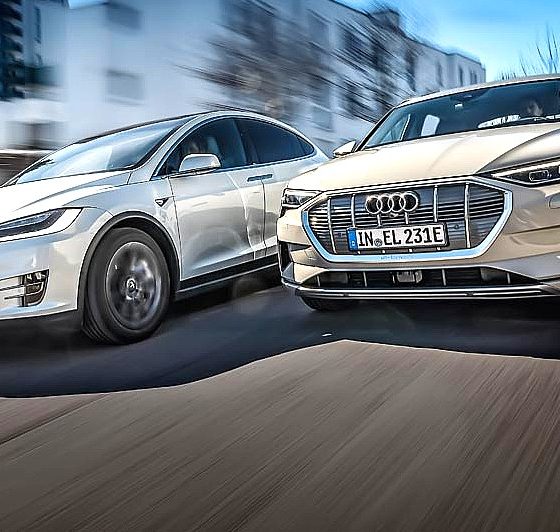
Investor's Corner
Tesla Model S, X softer sales in Europe are NOT due to the Audi e-tron and Jaguar I-PACE
In a note to clients on Wednesday, Bernstein senior technology analyst Toni Sacconaghi concluded that increased competition from vehicles such as the Audi e-tron and the Jaguar I-PACE is responsible for the recent weakness in Tesla’s sales volume in Europe. The analyst further warned that the arrival of other premium electric vehicles like the Mercedes-Benz EQC and the Porsche Taycan could worsen Tesla’s problem.
Explaining further, the Bernstein analyst added that the total market for Europe’s premium electric cars has only grown modestly in 2018 and 2019, and over this time, Tesla’s sales volume has decreased. “Our analysis suggests that the deteriorating sales trajectory of the Model S and X may be primarily due to competition, particularly in Europe, from Jaguar and Audi. In other words, the market isn’t growing much, and Tesla is losing share,” Sacconaghi wrote.
According to TSLA investor @Incentives101, an economist with a background in macro research, Bernstein’s conclusions are inaccurate. In a message to Teslarati, the economist provided a deep dive into the likely causes of the Model S and X’s sales decline in Europe, as well as the reasons why vehicles such as the Jaguar I-PACE and the Audi e-tron are in no way responsible for the reduced market share of Tesla’s flagship sedan and SUV.
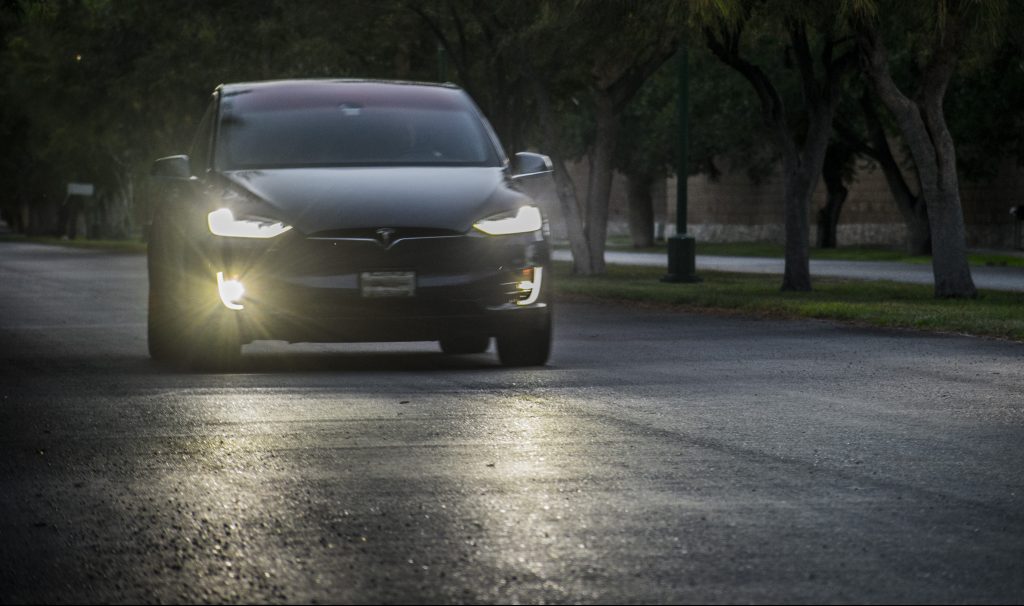
Model S and X sales decline
It should be noted that Europe is a region, which means that it is comprised of multiple countries, each with a population of consumers that usually have different preferences in vehicle purchases. Looking at past vehicle sales data, the economist noted that from January-June 2018, Tesla sold 13,426 Model S and X in Europe, while in the first six months of 2019, the figure was 8,037.
“In those months of 2018, Norway and the Netherlands accounted for 52% of sales, while in 2019 it was just 28%. This means that 87% of the drop in sales of Model S and X in Europe is explained by the Norwegian and Dutch market. Furthermore, the Netherlands had Model S and X sales for the first six months of 2018 of 2,833 units and 167 for 2019. This means that the Netherlands by itself explains 50% of the drop in sales for Tesla’s flagship vehicles,” the investor wrote.
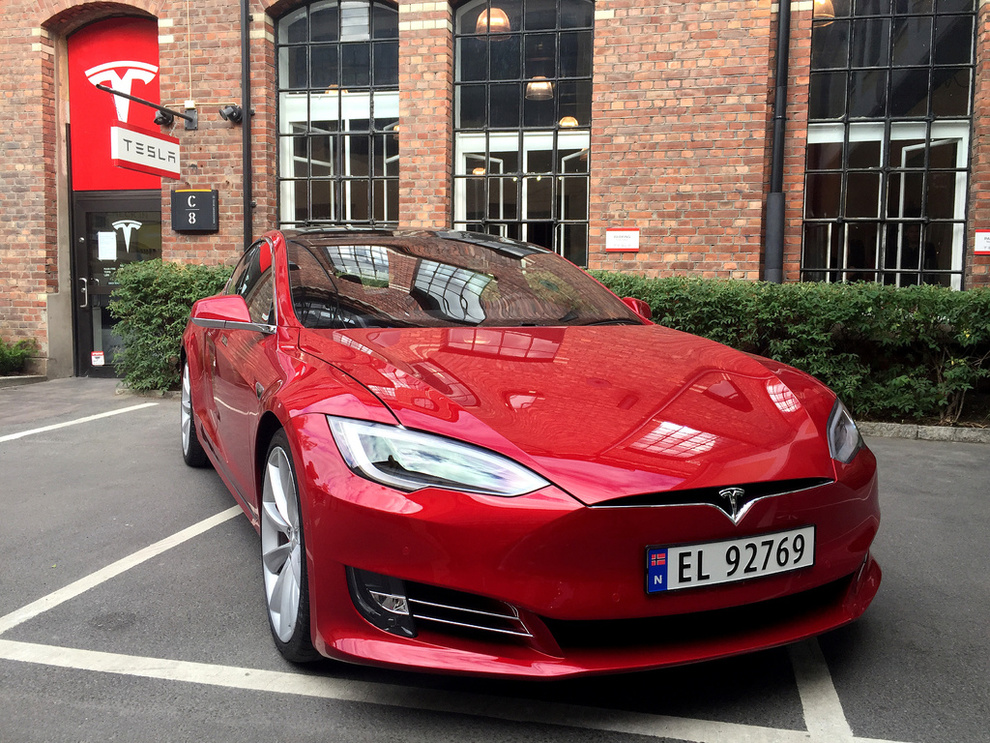
The Netherlands and Norway
If one were to look at the sales of the Audi e-tron and the Jaguar I-PACE in the Netherlands for the first half of 2019, one would find that the two vehicles only sold 362 and 111 units, respectively. This means that in the Netherlands, which was behind 50% of the drop in Tesla’s European sales, the e-tron and I-PACE couldn’t have been responsible since their combined sales are only 16% of the Model S and X’s 2018 sales for the same period. With this in mind, some headwinds were met by the Model S and X in the Netherlands, particularly in the form of a change in BIK incentives at the end of 2018, as well as the arrival of the more affordable Model 3, which has reached sales of over 6,000 units in the country.
As explained by the economist, Norway is a key market for Tesla in the European region, and it is responsible for 37% of the drop in Model S and X sales. For the first six months of 2019, Model S and X sales were 2,079 units, while the Audi e-tron sold 2,273 units and the Jaguar I-PACE sold 2,101. Bernstein’s note claimed that the market for premium electric vehicles didn’t increase, and thus, Tesla’s share of the European market just fell. This, according to the investor, is not correct. “If you take the previous Netherlands sales out of the equation — because it becomes incomparable — you’ll see that the market actually increased in Europe,” he wrote.

The actual reasons
The economist noted that there are a couple of factors that likely played a notable part in the decline of the Model S and X’s sales in Norway. First off, Tesla discontinued the 75 kWh (Standard Range) Model S and X, a variant that accounted for more than 80% of the sales in the country. More importantly, Tesla has entered the Norwegian market with the Model 3, a smaller, more affordable vehicle that boasts the best technologies that the electric car maker has to offer. “Norwegians have proven preferences for smaller and cheaper vehicles. Historically, the share of luxury vehicles in Norway is relatively low. It is then by no surprise that the Model 3 is currently selling at levels not seen in any other market, holding 14% of market share for total vehicles,” the economist explained.
In Norway’s case, at least, Tesla appears to have made a notable trade-off. It entered the market with the Model 3, which allowed the company to command 14% of the country’s total vehicle market. This came at a price in the form of a 50% decline in Model S and X sales. Of course, the removal of the Model S and X’s 75 kWh variant, as well as buyer expectations of an impending refresh of the two flagship vehicles, likely played a notable part in Norway’s sales decline as well.
Debunking Bernstein’s thesis
With these factors in mind, it appears that Bernstein’s findings are, for lack of a better term, inaccurate. The economist summed up his thesis as follows. “Two countries explain the drop in sales for the Model S and X almost entirely, and it’s absolutely clear that competition wasn’t the factor. Regulation and consumer preferences are. It is also important to mention that 28% of sales of the Audi e-tron were in Germany as well, a country where the Model S and X have never been strong, even at their peak.
“Consumers in the aggregate always behave rationally. There hasn’t been one example in history where a product(s) that is inferior in every way dominates the market or segment in which they compete. The Audi e-tron, the Jaguar I-PACE, and the Mercedes-Benz EQC are not even in the Model S and X segment specs-wise. Rather, they are closer in specs to the Model 3 and Model Y, both of which undercut them in price. The only reason people mistakenly put them against the Model S and X is their cost,” the investor explained.

Investor's Corner
SpaceX IPO is coming, CEO Elon Musk confirms
However, it appears Musk is ready for SpaceX to go public, as Ars Technica Senior Space Editor Eric Berger wrote an op-ed that indicated he thought SpaceX would go public soon. Musk replied, basically confirming it.

Elon Musk confirmed through a post on X that a SpaceX initial public offering (IPO) is on the way after hinting at it several times earlier this year.
It also comes one day after Bloomberg reported that SpaceX was aiming for a valuation of $1.5 trillion, adding that it wanted to raise $30 billion.
Musk has been transparent for most of the year that he wanted to try to figure out a way to get Tesla shareholders to invest in SpaceX, giving them access to the stock.
He has also recognized the issues of having a public stock, like litigation exposure, quarterly reporting pressures, and other inconveniences.
However, it appears Musk is ready for SpaceX to go public, as Ars Technica Senior Space Editor Eric Berger wrote an op-ed that indicated he thought SpaceX would go public soon.
Musk replied, basically confirming it:
As usual, Eric is accurate
— Elon Musk (@elonmusk) December 10, 2025
Berger believes the IPO would help support the need for $30 billion or more in capital needed to fund AI integration projects, such as space-based data centers and lunar satellite factories. Musk confirmed recently that SpaceX “will be doing” data centers in orbit.
AI appears to be a “key part” of SpaceX getting to Musk, Berger also wrote. When writing about whether or not Optimus is a viable project and product for the company, he says that none of that matters. Musk thinks it is, and that’s all that matters.
It seems like Musk has certainly mulled something this big for a very long time, and the idea of taking SpaceX public is not just likely; it is necessary for the company to get to Mars.
The details of when SpaceX will finally hit that public status are not known. Many of the reports that came out over the past few days indicate it would happen in 2026, so sooner rather than later.
But there are a lot of things on Musk’s plate early next year, especially with Cybercab production, the potential launch of Unsupervised Full Self-Driving, and the Roadster unveiling, all planned for Q1.
Investor's Corner
Tesla Full Self-Driving statistic impresses Wall Street firm: ‘Very close to unsupervised’
The data shows there was a significant jump in miles traveled between interventions as Tesla transitioned drivers to v14.1 back in October. The FSD Community Tracker saw a jump from 441 miles to over 9,200 miles, the most significant improvement in four years.

Tesla Full Self-Driving performance and statistics continue to impress everyone, from retail investors to Wall Street firms. However, one analyst believes Tesla’s driving suite is “very close” to achieving unsupervised self-driving.
On Tuesday, Piper Sandler analyst Alexander Potter said that Tesla’s recent launch of Full Self-Driving version 14 increased the number of miles traveled between interventions by a drastic margin, based on data compiled by a Full Self-Driving Community Tracker.
🚨 Piper Sandler reiterated its Overweight rating and $500 PT on Tesla $TSLA stock
Analyst Alexander Potter said FSD is near full autonomy and latest versions showed the largest improvement in disengagements, from 440 miles to 9,200 miles between critical interventions pic.twitter.com/u4WCLfZcA9
— TESLARATI (@Teslarati) December 9, 2025
The data shows there was a significant jump in miles traveled between interventions as Tesla transitioned drivers to v14.1 back in October. The FSD Community Tracker saw a jump from 441 miles to over 9,200 miles, the most significant improvement in four years.
Interestingly, there was a slight dip in the miles traveled between interventions with the release of v14.2. Piper Sandler said investor interest in FSD has increased.
Full Self-Driving has displayed several improvements with v14, including the introduction of Arrival Options that allow specific parking situations to be chosen by the driver prior to arriving at the destination. Owners can choose from Street Parking, Parking Garages, Parking Lots, Chargers, and Driveways.
Additionally, the overall improvements in performance from v13 have been evident through smoother operation, fewer mistakes during routine operation, and a more refined decision-making process.
Early versions of v14 exhibited stuttering and brake stabbing, but Tesla did a great job of confronting the issue and eliminating it altogether with the release of v14.2.
Tesla CEO Elon Musk also recently stated that the current v14.2 FSD suite is also less restrictive with drivers looking at their phones, which has caused some controversy within the community.
Although we tested it and found there were fewer nudges by the driver monitoring system to push eyes back to the road, we still would not recommend it due to laws and regulations.
Tesla Full Self-Driving v14.2.1 texting and driving: we tested it
With that being said, FSD is improving significantly with each larger rollout, and Musk believes the final piece of the puzzle will be unveiled with FSD v14.3, which could come later this year or early in 2026.
Piper Sandler reaffirmed its $500 price target on Tesla shares, as well as its ‘Overweight’ rating.
Investor's Corner
Tesla gets price target boost, but it’s not all sunshine and rainbows
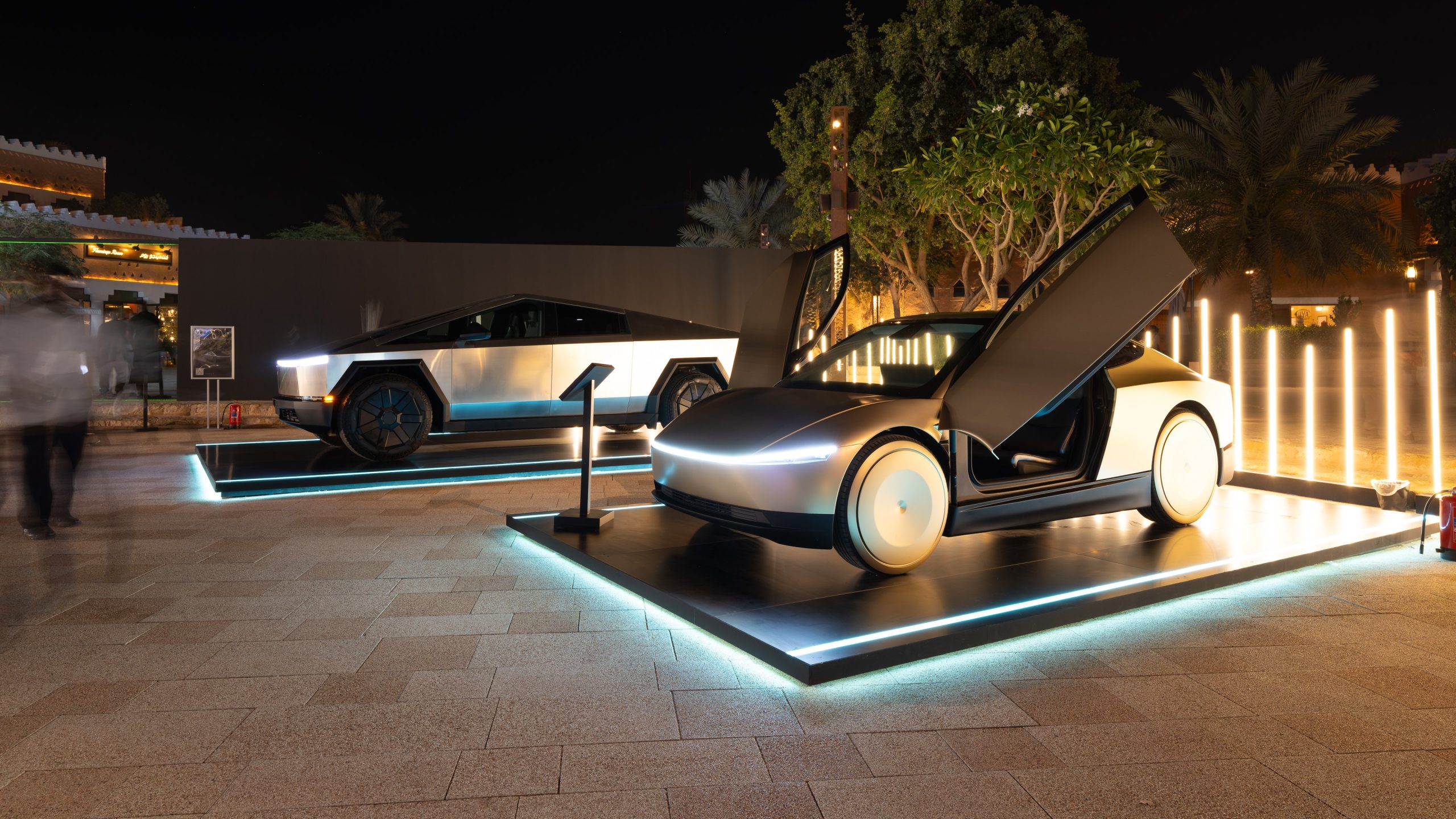
Tesla received a price target boost from Morgan Stanley, according to a new note on Monday morning, but there is some considerable caution also being communicated over the next year or so.
Morgan Stanley analyst Andrew Percoco took over Tesla coverage for the firm from longtime bull Adam Jonas, who appears to be focusing on embodied AI stocks and no longer automotive.
Percoco took over and immediately adjusted the price target for Tesla from $410 to $425, and changed its rating on shares from ‘Overweight’ to ‘Equal Weight.’
Percoco said he believes Tesla is the leading company in terms of electric vehicles, manufacturing, renewable energy, and real-world AI, so it deserves a premium valuation. However, he admits the high expectations for the company could provide for a “choppy trading environment” for the next year.
He wrote:
“However, high expectations on the latter have brought the stock closer to fair valuation. While it is well understood that Tesla is more than an auto manufacturer, we expect a choppy trading environment for the TSLA shares over the next 12 months, as we see downside to estimates, while the catalysts for its non-auto businesses appear priced at current levels.”
Percoco also added that if market cap hurdles are achieved, Morgan Stanley would reduce its price target by 7 percent.
Perhaps the biggest change with Percoco taking over the analysis for Jonas is how he will determine the value of each individual project. For example, he believes Optimus is worth about $60 per share of equity value.
He went on to describe the potential value of Full Self-Driving, highlighting its importance to the Tesla valuation:
“Full Self Driving (FSD) is the crown jewel of Tesla’s auto business; we believe that its leading-edge personal autonomous driving offering is a real game changer, and will remain a significant competitive advantage over its EV and non-EV peers. As Tesla continues to improve its platform with increased levels of autonomy (i.e., hands-off, eyes-off), it will revolutionize the personal driving experience. It remains to be seen if others will be able to keep pace.”
Additionally, Percoco outlined both bear and bull cases for the stock. He believes $860 per share, “which could be in play in the next 12 months if Tesla manages through the EV-downturn,” while also scaling Robotaxi, executing on unsupervised FSD, and scaling Optimus, is in play for the bull case.
Will Tesla thrive without the EV tax credit? Five reasons why they might
Meanwhile, the bear case is placed at $145 per share, and “assumes greater competition and margin pressure across all business lines, embedding zero value for humanoids, slowing the growth curve for Tesla’s robotaxi fleet to reflect regulatory challenges in scaling a vision-only perception stack, and lowering market share and margin profile for the autos and energy businesses.”
Currently, Tesla shares are trading at around $441.








